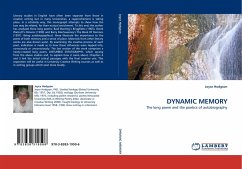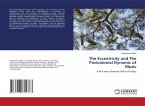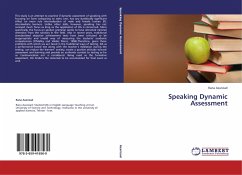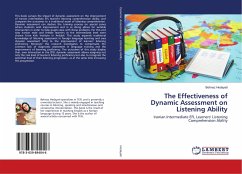Literary studies in English have often been separate from those in creative writing but in many Universities, a rapprochement is taking place. In a scholarly way, this monograph attempts to show how the two may be related, for their mutual enrichment. To this end, the author has analysed three long poems: Basil Bunting s Briggflatts (1965), Derek Walcott s Omeros (1990) and Barry MacSweeney s The Book Of Demons (1997). Being autobiographical, these illustrate the importance to the poets of both memory and a sense of place. Materials from other literary works are also drawn upon. By examining the creative process of each poet, indication is made as to how these influences were tapped into, consciously or unconsciously. The last section of the work comprises a newly-created long poem, DISTURBED STRATIGRAPHY, which sprang from the above studies and, to explain how it came about, Chapters 4 and 5 link the initial critical passages with the final creative one. This exposition will be useful in University Creative Writing courses as well as in writing groups which exist more locally.
Bitte wählen Sie Ihr Anliegen aus.
Rechnungen
Retourenschein anfordern
Bestellstatus
Storno








